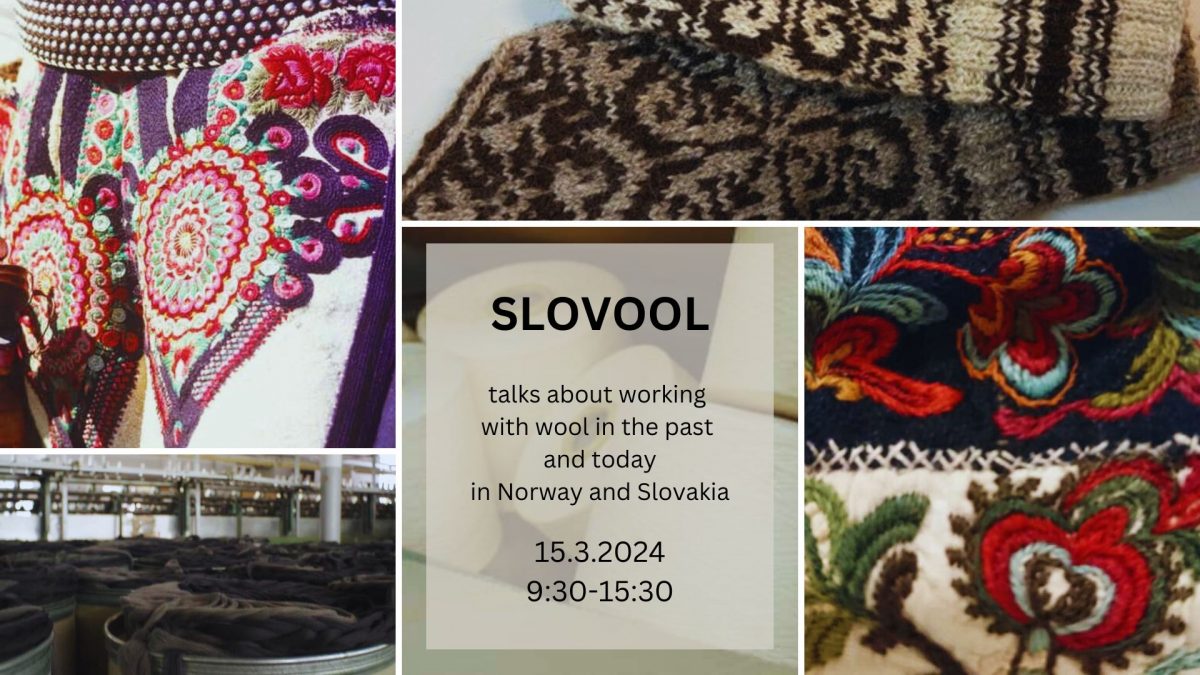Amazing international win!
Time to celebrate! Traditional costumes, the craftmanship and social practice from Norway, and summer farming (seter and fäbod) in both Norway and Sweden are now on UNESCO’s Intangible Cultural Heritage list!
This gives an unexpected boost to the Amazing Grazing project and puts some recent and older publications in a new light.
First and foremost a big congratulations to years and years of hard work from Norwegian and Swedish organizations to put these two intangible cultural heritage traditions on the radar of the global work with protecting the many disappearing or vulnerable cultural practices.
For summer farming at fäbod and seter: knowledge, traditions and practices related to the grazing of outlying lands and artisan food production, this is more related to cows and goats, and milking in Norway, however, the Cultural Ministry, when announcing the win on their web-page, chose a picture of (amazing) grazing sheep as their illustration! Traditionally, sheep in Norway were also integral in this practice. (As I can attest to, my father spent the summers of his youth at the family farm mountain seter, shepherding both sheep and cows.) It was the Swedish government, not the Norwegian, who fronted this application.
The Norwegian government, on the other hand, fronted the application of traditional costumes (bunad) in Norway, their craftsmanship and social practice.
The point is, for Clothing Research, that we need to understand ‘local’ dress better, and that the bunad is one of possibly many (or a few) dress practices where local is important, being very concrete and related to the material aspects (the textiles, the embroidery yarns, the sewing), but also the understanding of being ‘from a place’. This is part of a concrete use of clothing that enables being a part of a geographic community, a fibershed. This is described in this paper on Local clothing: What is that and how an environmental policy concept is understood.
On the other hand, the bunad has also had an important role in keeping the Norwegian textile industry alive.
The under-pinning idea that clothing is culture, is important here, and a big win, and exactly what is missing in the EU textile strategy.
We also notice the rise of other similar inscribes into the UNESCO list:
- The women’s ceremonial costume in the Eastern region of Algeria: knowledge and skills associated with the making and adornment of the ‘Gandoura’ and the ‘Melehfa’
- Custom of Korean costume: traditional knowledge, skills and social practices in the Democratic People’s Republic of Korea
- Craftsmanship of traditional woven textile Kente
The result of these two inscriptions will be a renewed interest in the cultural heritage, is assumed, but the organizations behind the applications have big plans for recruiting the younger generations and leveraging more interest both nationally and globally. 150 years ago, there were 100 000 summer seter or fäbo locations in Norway and Sweden, today there are 750 in active use in Norway, and somewhere between 200 or 250 in Sweden.
On the bunad side, the situation is brighter: there are 450 different traditional costumes in Norway, and an estimated 80% of Norwegian women own a traditional costume, and 20% of all men, this number is however, on the rise.
So what happens in the years to come, will be very interesting to follow!






